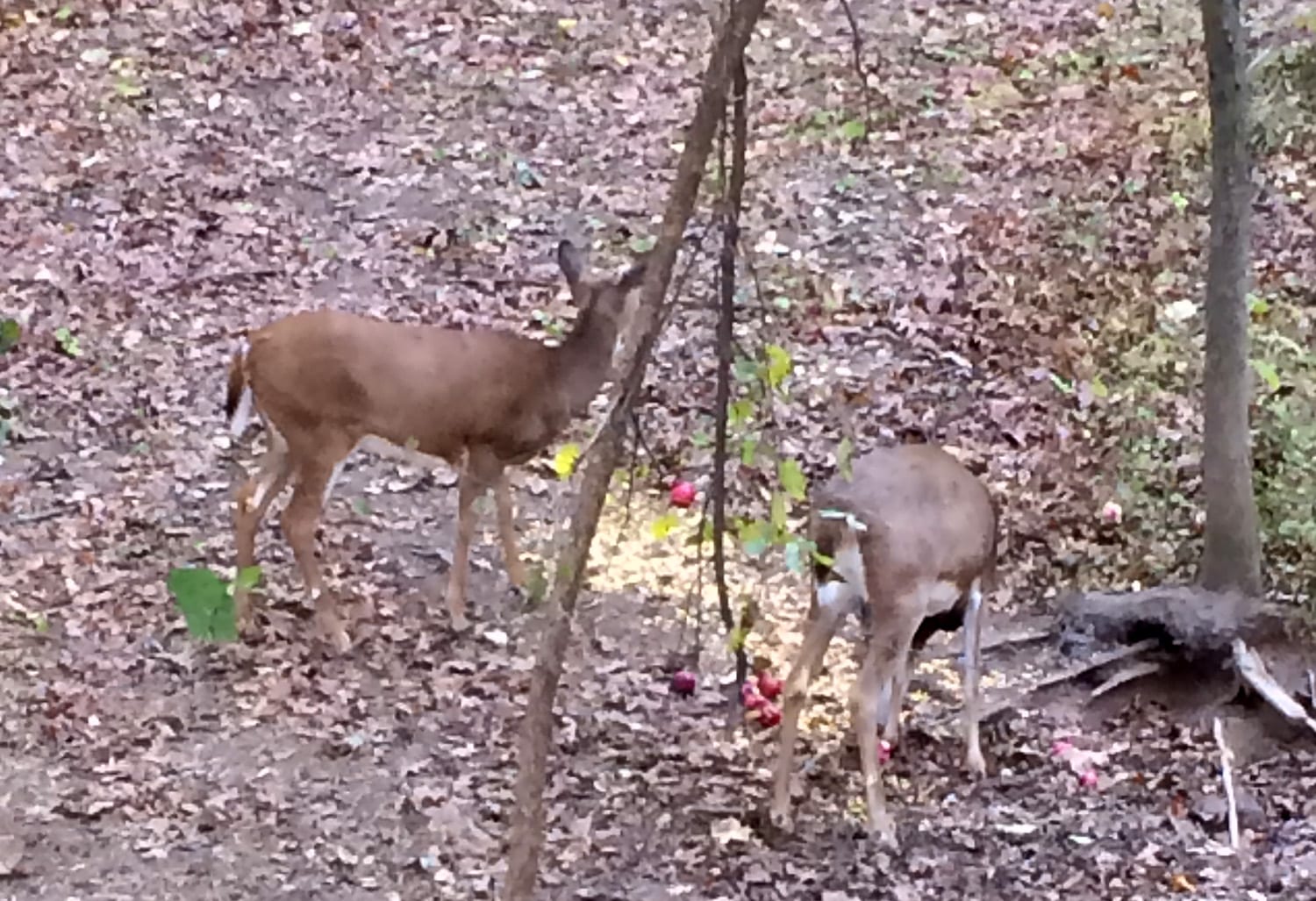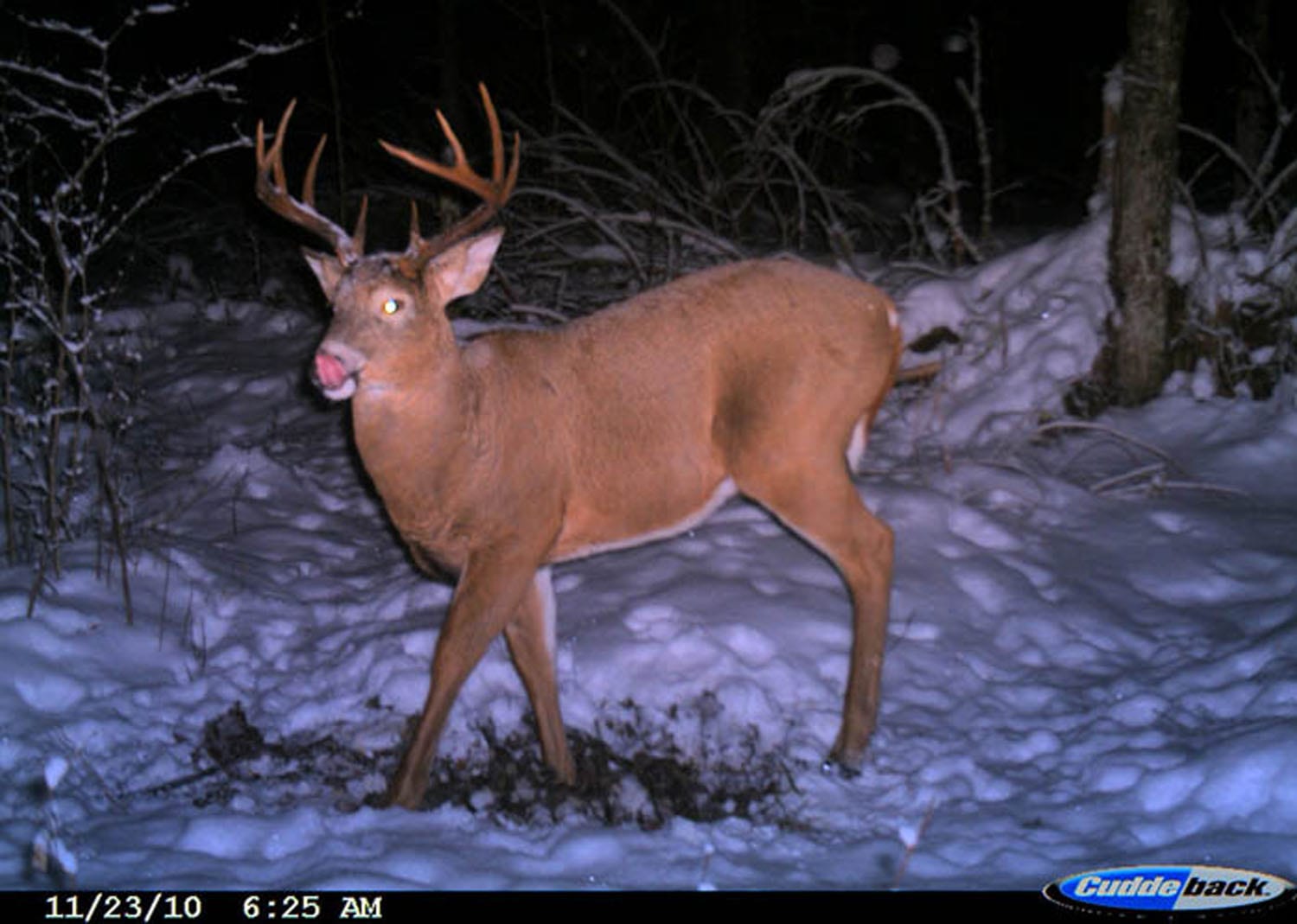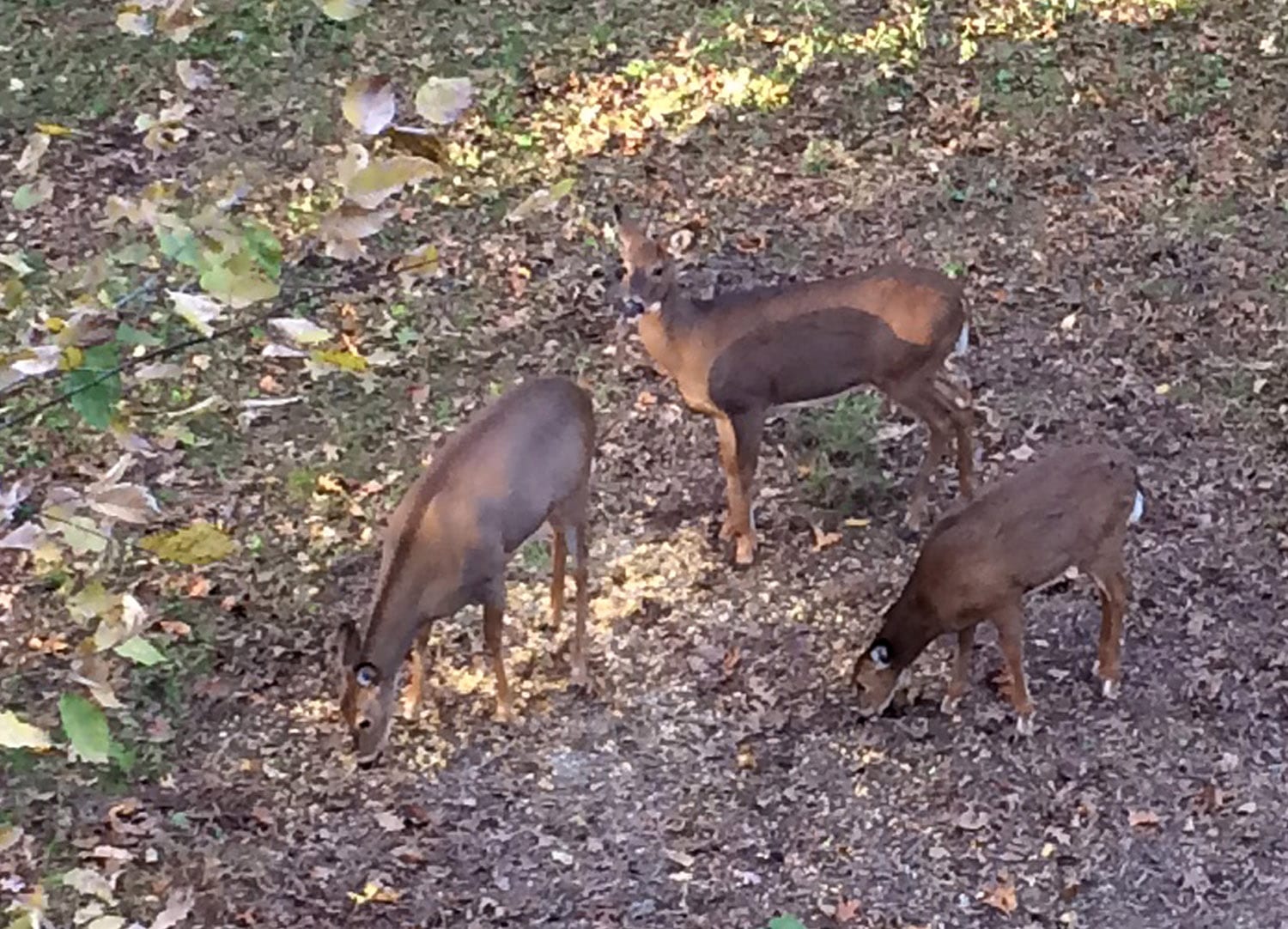While leafing through some research from Texas A&M University awhile back, I came across a 2004 study warning that wildlife are likely poisoned regularly by fungi-tainted feeds bought by deer baiters, and bird and wildlife watchers.
The university noted that, unlike livestock feeds, bird and wildlife feeds don’t require regulated inspections.
Of primary concern to birds and wildlife is a poison called aflatoxin. It’s produced by the fungi Aspergillus flavus and Aspergillus parasiticus, which grow on fodder, feed pellets and cereal grains. The U.S. Food and Drug Administration does not allow feeds testing more than 20 parts per billion of aflatoxins to be fed to dairy cattle or in grain products chosen for human consumption.

Feeds given to livestock must pass government inspections. Feeds that don’t pass those tests can be sold for use as bird and wildlife feed.
However, grains exceeding those toxicity levels can be sold as wildlife feeds, which need not be tested before being sold. How large is this problem? When the Texas A&M researchers tested 100 samples of such feeds, they found 44 percent contained aflatoxins exceeding 20 parts per billion, and 20 percent were at 100 parts per billion and higher.
We often hear that wildlife feeding, especially deer feeding and baiting, boosts incomes and creates jobs by providing outlets for surplus crops. Unlike roadside produce sales, however, crops used for wildlife feeding are seldom fresh and often sit in storage for weeks and months before being sold. The Texas researchers said that’s no small factor.

Little is known how deer respond after eating feeds tainted by toxins.
“One big misconception about aflatoxin is that if a grain bag is labeled as having a certain level of aflatoxin, that’s what you’re putting out for wildlife,” said Dr. Scott Henke, one of the researchers. “However, that was the aflatoxin level when it was tested, which could have been months ago, and (these) fungi continue to grow on grain in the bag under a variety of conditions.”
Compounding the problem is that little research has been done to determine the impact of aflatoxins on birds and wildlife, except for economically important game species like white-tailed deer, bobwhite quail and wild turkeys. Those studies found high levels of aflatoxins in a diet caused liver damage and immune-system dysfunction that led to poor health.

Food left at baiting and feeding sites can poison deer and other animals or birds that eat it.
The reason we know something about the poison’s impact on deer, quail and turkeys is because hunters pay their way through license fees, excise taxes on equipment, and large charitable contributions to wildlife organizations. But if you suggest “nonconsumptive” groups help develop similar self-imposed taxes to pay for studies and programs affecting songbirds and nongame species, brace yourself. And protect your eyes. There’s a sizable group of people who hate suggestions that their unregulated recreation could be hurting and possibly killing birds and wildlife.
Because birds, deer and squirrels don’t wither and die between a hospital’s starched sheets, there’s little chance they’ll receive enough public sympathy to fund studies of what ails them. That also might explain why we banned lead shot for waterfowling three decades ago only after being confronted by countless bodies of lead-poisoned ducks and geese.
Unfortunately for songbirds and other wildlife, aflatoxins work too slowly for that. And the damage often isn’t obvious until days or weeks after the baiter/feeder poured the toxins onto their food pile.

 By
By 



